Reflecting on Sierra Club's 'Building a Carbon Free Grid' Conference
This month, I had the opportunity to represent Clean Energy Action at the Sierra Club’s ‘Building a Carbon Free Grid’ conference in New Orleans, where hundreds of lawyers, energy economists, policy experts and organizers convened to strategize over the technical and movement-building requirements to achieving a just transition away from fossil-fuel powered electricity system towards one that is powered by renewable energy. Over the course of three inspiring, information-rich days, dozens of panelists provided a broad survey of the work that is being done across America to facilitate the transition to a renewably-powered future; the grassroots campaigns, the economic analyses and the legal battles. Since the conference, a few realizations have been solidified in my mind and they’re mostly good news:
1. The movement for energy democracy is alive and well.
Perhaps the most inspiring takeaway is the realization that the fight for energy democracy is alive and well and the fight is taking place across the United States from California and Colorado to Mississippi and Philadelphia. Take for example the work of Soulardarity, a non-profit in Highlands Park, Michigan that is combatting energy poverty by installing community-owned solar powered street lights after their utility, DTE Energy removed over 1000 streetlights from the community to cut costs. Or consider the work of One Voice, a non-profit from Jackson, Mississippi that is educating and empowering historically disadvantaged community members to run for leadership positions within Mississippi’s rural electric cooperative utilities that provide electricity to 50% of the state’s population. These are just two examples among many of organizations that are harnessing the opportunity to regenerate economic and political power amidst the transition towards a clean, affordable, flexible energy system.
Clean energy portfolios are a cost-effective and technically-feasible alternative to natural gas generation.
A second huge take away from the Building a Carbon Free Grid conference is the understanding that as coal-fired power plants are retired across the country, utilities need not rush to build new natural gas plants. Rather we can replace coal-fired generation capacity with clean energy portfolios and expect similar or cheaper electricity rates, lower emissions and similar or better grid-reliability services compared to natural gas-fired electricity generation. Consider findings from a report by Rocky Mountain Institute titled ‘The Economics of Clean Energy Portfolios,’ which demonstrates that our vision for a 100% clean energy system is the least cost option AND it is technically feasible, today. The report features 4 real-life case studies of utilities across the country that are considering their options for building new electricity generation, showing that in each case, building out clean energy portfolios would be cost-competitive, equally reliable and allow utilities to circumvent ill-advised investments in natural gas plants that may become stranded assets sooner than we expect.
3. There are multiple paths towards a clean energy future.
The last key takeaway, and perhaps a launching point for further discussion, is the realization that multiple paths exist towards the destination of 100% clean energy -- paths that differ in notable ways. Some paths prioritize policies that regenerate political and economic power within communities most-impacted by climate change. Others define success more narrowly as the integration of large amounts of renewables + storage as quickly as possible by whatever means available. As society moves towards a carbon-free grid we would do well to explore all possible paths that exist and weigh the respective benefits and drawbacks of each. Key questions that will help communities assess their options are: ‘Who will foot the bill for bad investments in coal and natural gas?’; ‘who will own the solar panels,wind turbines, storage devices or even the local grid when they are built?’; ‘who will determine how our energy dollars are being invested?’; ‘how will the eventual savings realized from making the switch to RE + storage and microgrids be passed onto average citizens?’.
These questions are especially crucial to Coloradans, Xcel Energy having recently announced its plan to replace 2 of its coal-fired power plants with record low-cost wind, solar and storage. Though Xcel’s announcement comes as good news to the folks at Clean Energy Action that have led a grassroots movement of citizen-advocates for over a decade to move Xcel away from imprudent fossil fuel investment towards renewables, the challenge for CEA and other just transition advocates will be to ensure that consumers are not forced to foot the bill for Xcel Energy’s stranded fossil fuel assets. This challenge will continue to rear its head for years to come as the plummeting cost of clean energy threatens the financial viability of Xcel’s remaining fleet of coal and natural gas plants. (Sign up for Clean Energy Action’s newsletter to stay abreast of efforts to ensure that Xcel Energy replaces its remaining coal plants with renewables in a manner that is just for ratepayers.)
Overall, the Building a Carbon Free Grid Conference was inspiring and refreshing -- I am now certain that we will win this fight. We are already winning across the country at the state and local level thanks to the many individuals and organizations that have dedicated their lives to the vital work of transforming our energy system.


